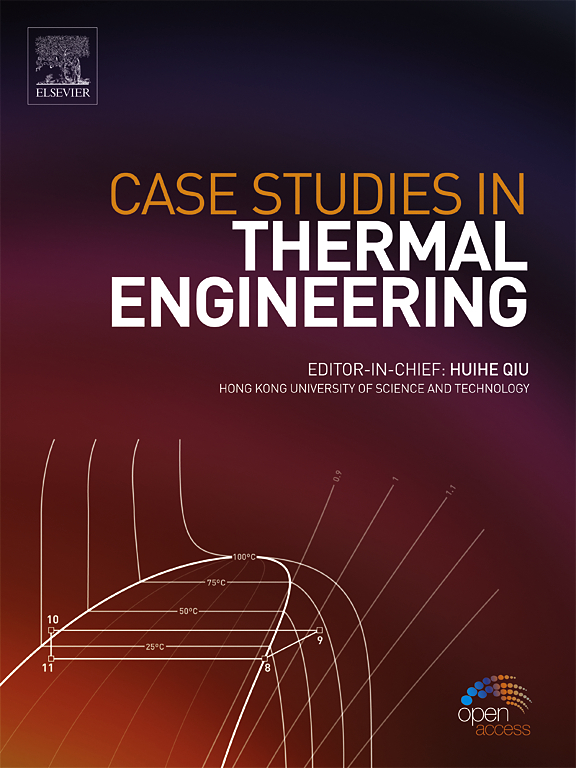使用针对多模态数据的袋集 ResNet18_2CLSTM 模型优化隧道火灾热释放率预测
IF 6.4
2区 工程技术
Q1 THERMODYNAMICS
引用次数: 0
摘要
对 HRR 的准确预测将改善隧道火灾的准备和应对策略,提高安全性,并将损失降到最低。本研究提出了一种多模态数据融合下的 HRR 深度学习预测模型。首先建立多模态数据集,通过模型尺度的隧道火灾实验获取火焰图像和烟气时间序列数据。在模型训练过程中,使用 ResNet18 提取火焰图像特征,并使用 2CLSTM 理解火焰图像特征和烟道气体特征的时间序列,从而建立与 HRR 的相关性。经评估,验证集的测量值和预测值的误差分析得出 R2 大于 0.85,误差和标准偏差小于 4 千瓦。模型在火焰增长和衰减阶段的预测效果较好。然而,在峰值 HRR 附近的预测值存在一些偏差。为解决这一问题,引入了 Bagging 算法来优化模型。结果表明,采用 Bagging 算法的 ResNet18_2CLSTM 模型与原始模型相比,均方根误差降低了 20.47 %,R2 提高了 4.64 %,准确度大大提高。本文章由计算机程序翻译,如有差异,请以英文原文为准。
Optimised prediction of tunnel fire heat release rate using the ResNet18_2CLSTM model with bagging for multimodal data
Accurate predictions of HRR will improve preparedness and response strategies, enhance safety, and minimise damage in tunnel fires. In this study, a deep learning prediction model for HRR under multimodal data fusion is proposed. A multimodal dataset is first established to obtain flame images and flue gas time series data through model-scale tunnel fire experiments. During the model training process, ResNet18 was used to extract features from the flame image, and 2CLSTM was employed to understand the time series of the flame image features and flue gas features to establish the correlation with the HRR. It was evaluated that the error analyses of the measured and predicted values of the validation set yielded R2 greater than 0.85, with errors and standard deviations less than 4 kW. And the model predicted better in the flame growth and decay phases. However, there is some deviation in the predictions near the peak HRR. To address this issue, the Bagging algorithm was introduced to optimise the model. The results show that the ResNet18_2CLSTM model with Bagging reduces the RMSE by 20.47 % and increases the R2 by 4.64 % compared to the original model, and the accuracy is greatly improved.
求助全文
通过发布文献求助,成功后即可免费获取论文全文。
去求助
来源期刊

Case Studies in Thermal Engineering
Chemical Engineering-Fluid Flow and Transfer Processes
CiteScore
8.60
自引率
11.80%
发文量
812
审稿时长
76 days
期刊介绍:
Case Studies in Thermal Engineering provides a forum for the rapid publication of short, structured Case Studies in Thermal Engineering and related Short Communications. It provides an essential compendium of case studies for researchers and practitioners in the field of thermal engineering and others who are interested in aspects of thermal engineering cases that could affect other engineering processes. The journal not only publishes new and novel case studies, but also provides a forum for the publication of high quality descriptions of classic thermal engineering problems. The scope of the journal includes case studies of thermal engineering problems in components, devices and systems using existing experimental and numerical techniques in the areas of mechanical, aerospace, chemical, medical, thermal management for electronics, heat exchangers, regeneration, solar thermal energy, thermal storage, building energy conservation, and power generation. Case studies of thermal problems in other areas will also be considered.
 求助内容:
求助内容: 应助结果提醒方式:
应助结果提醒方式:


